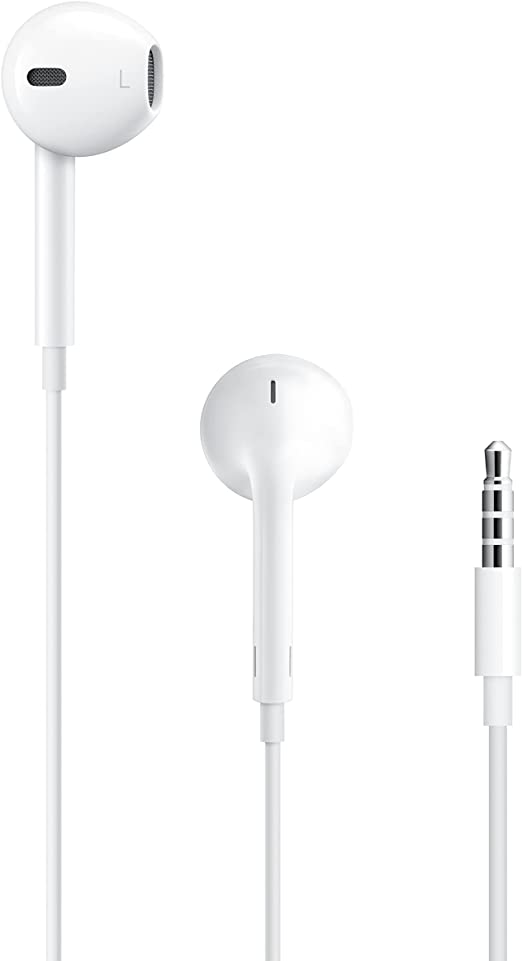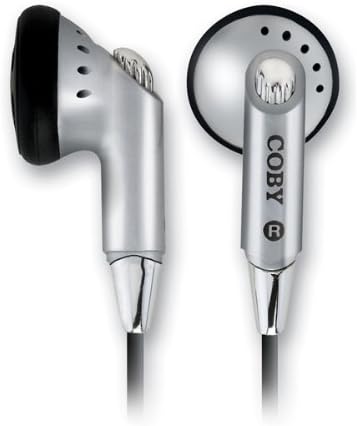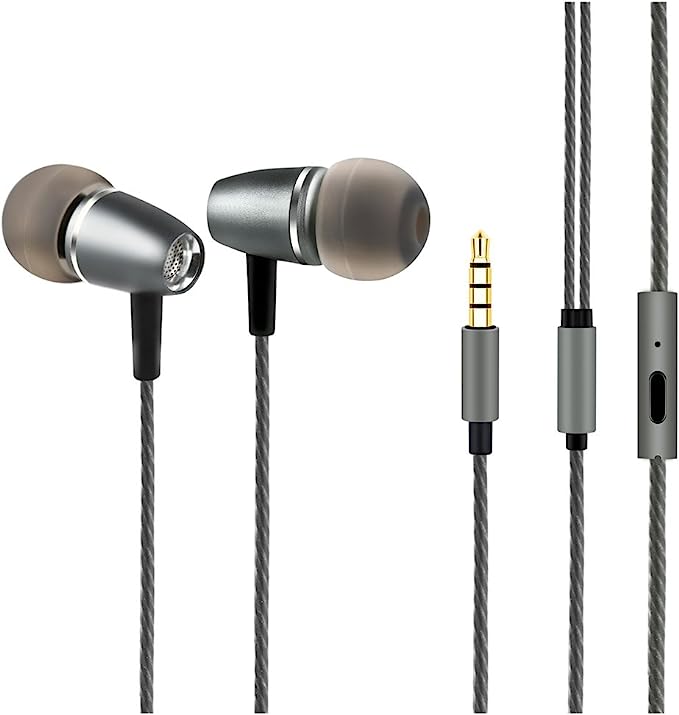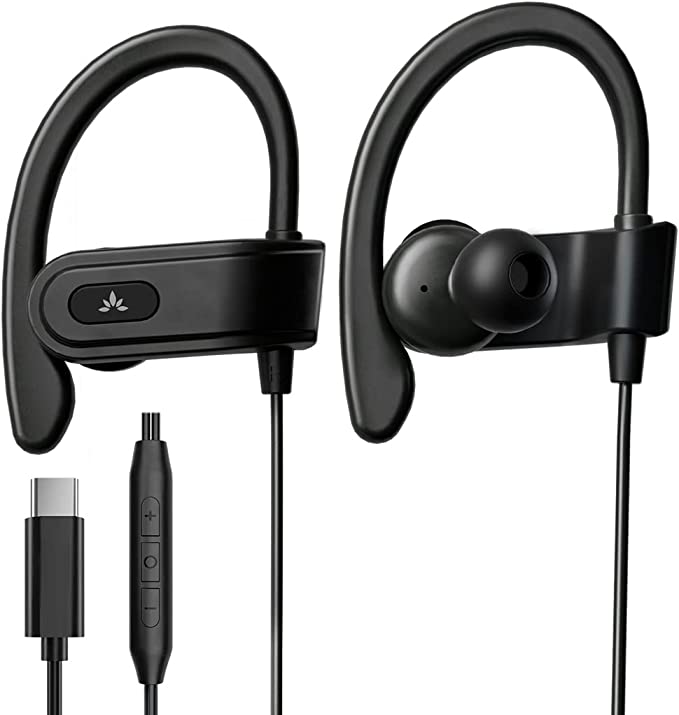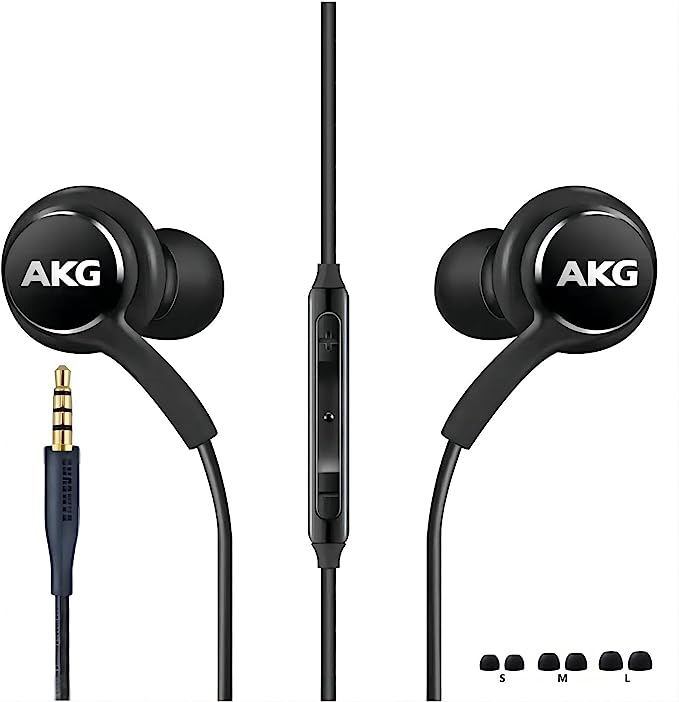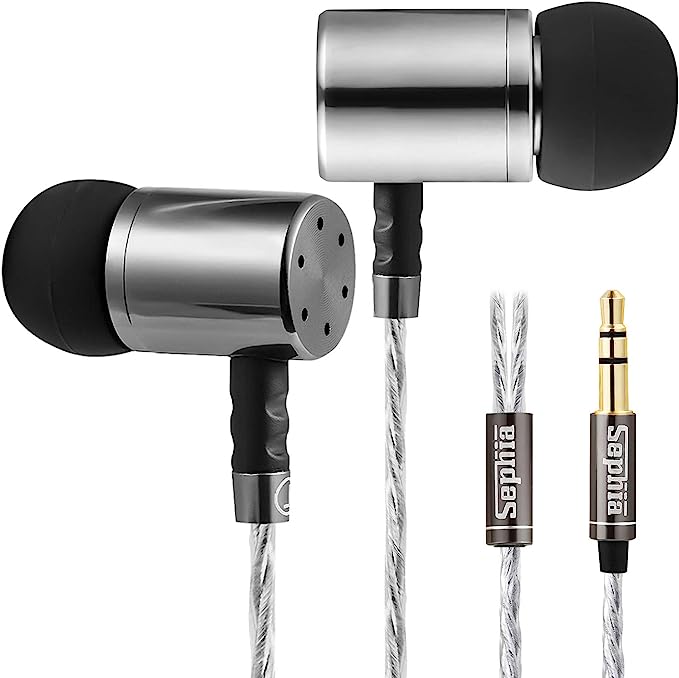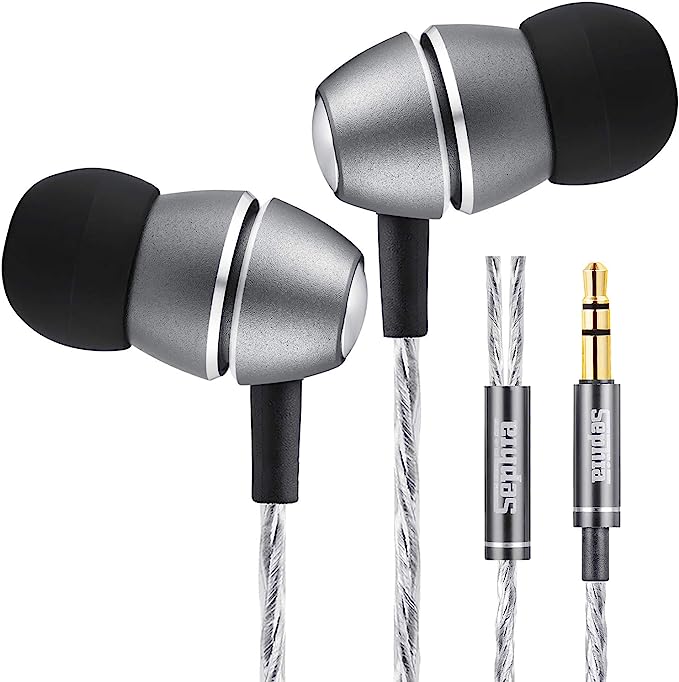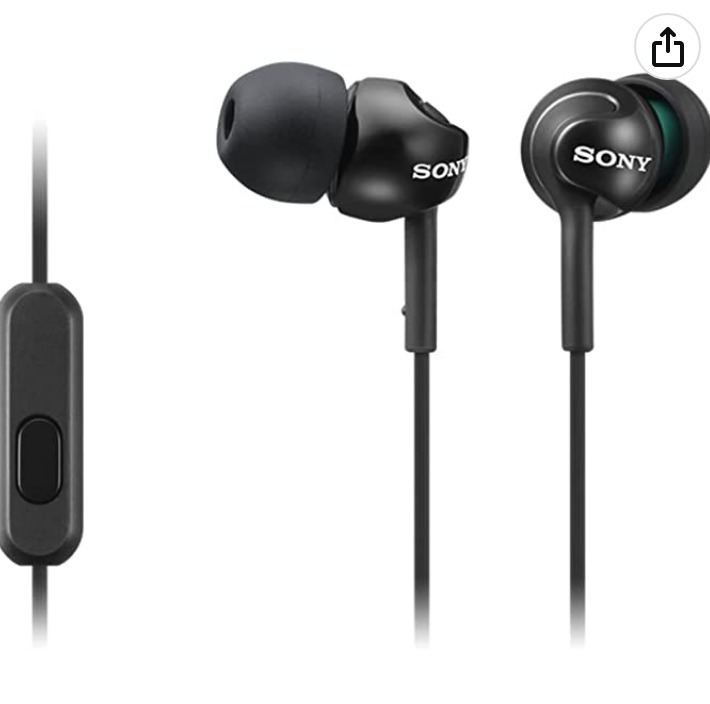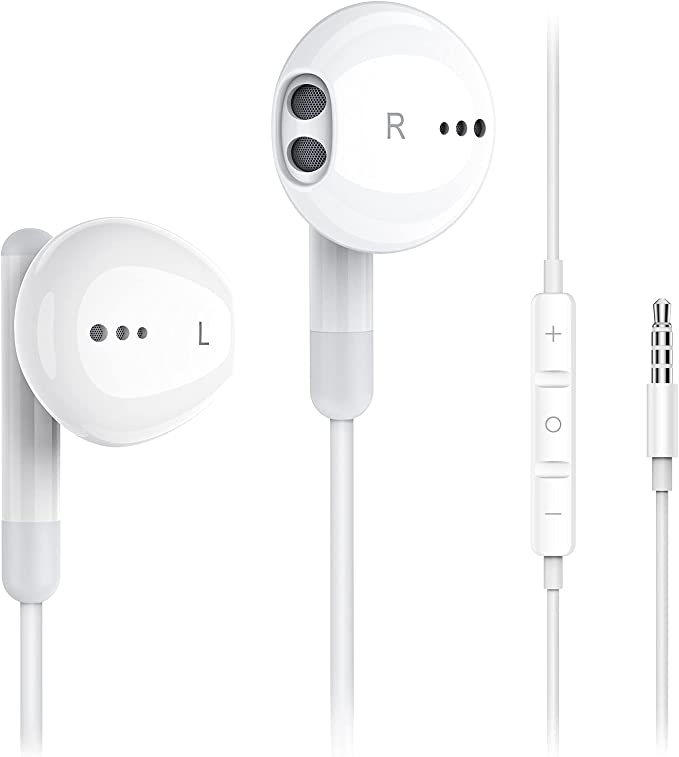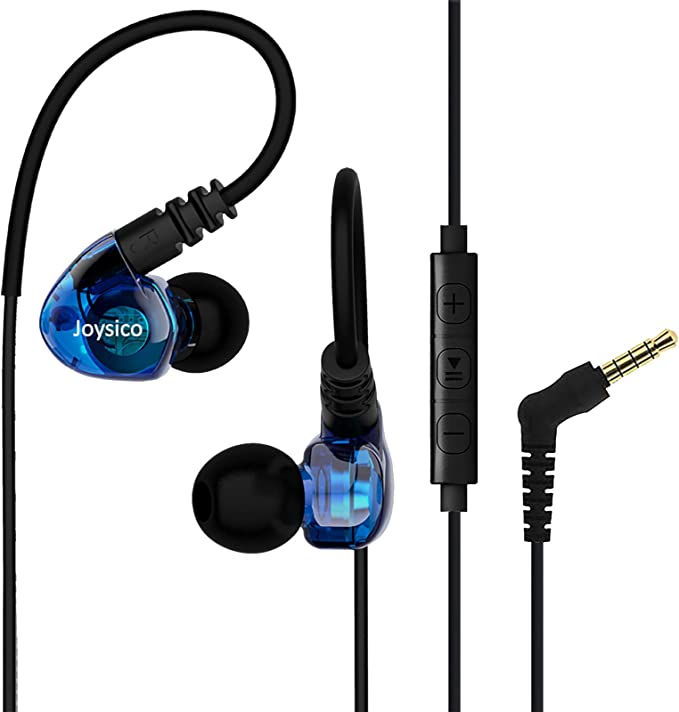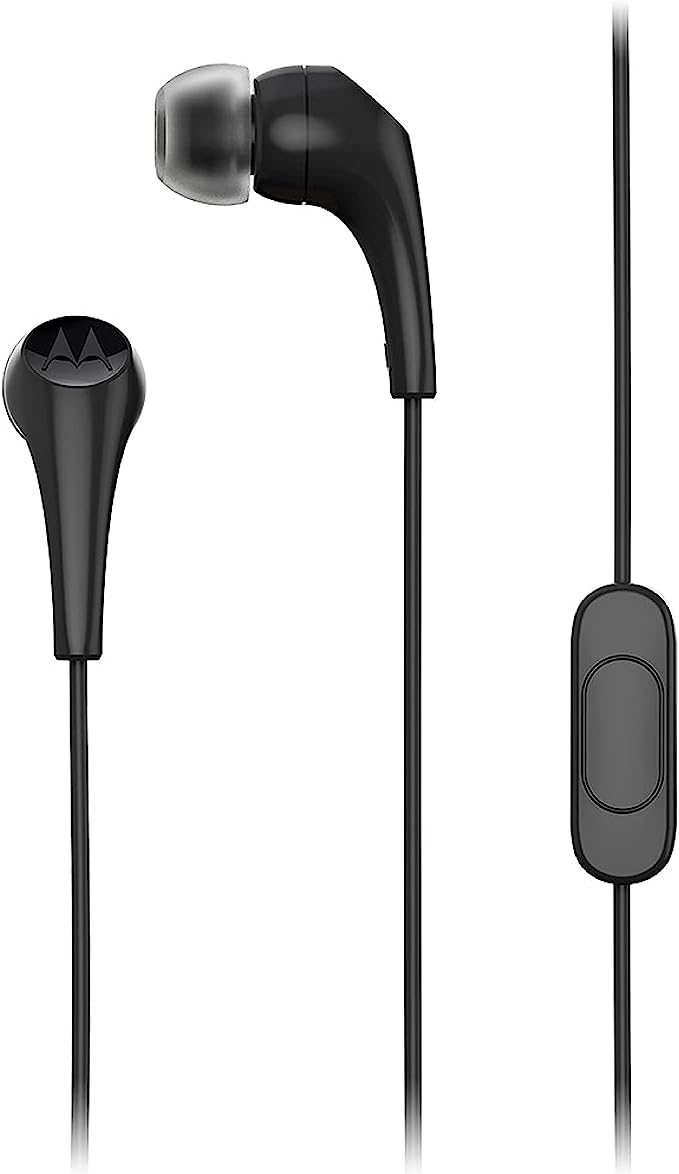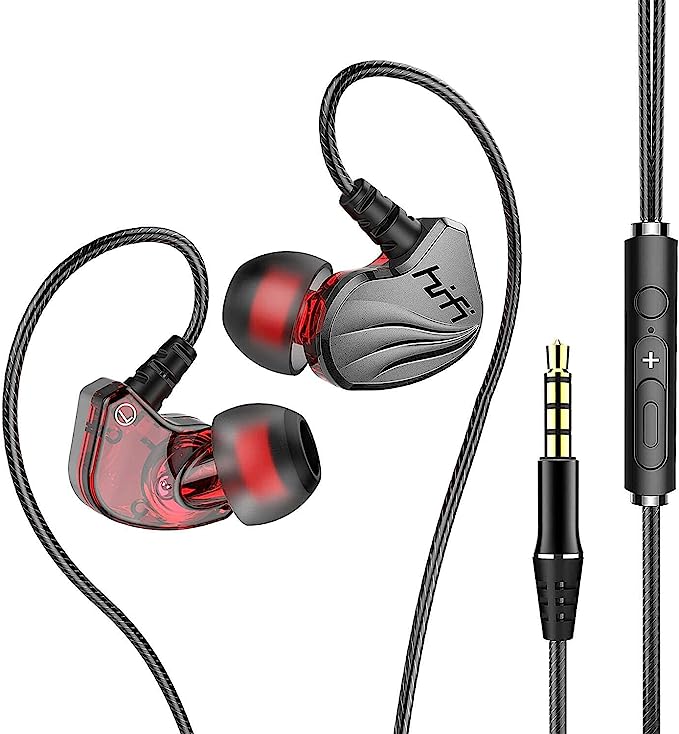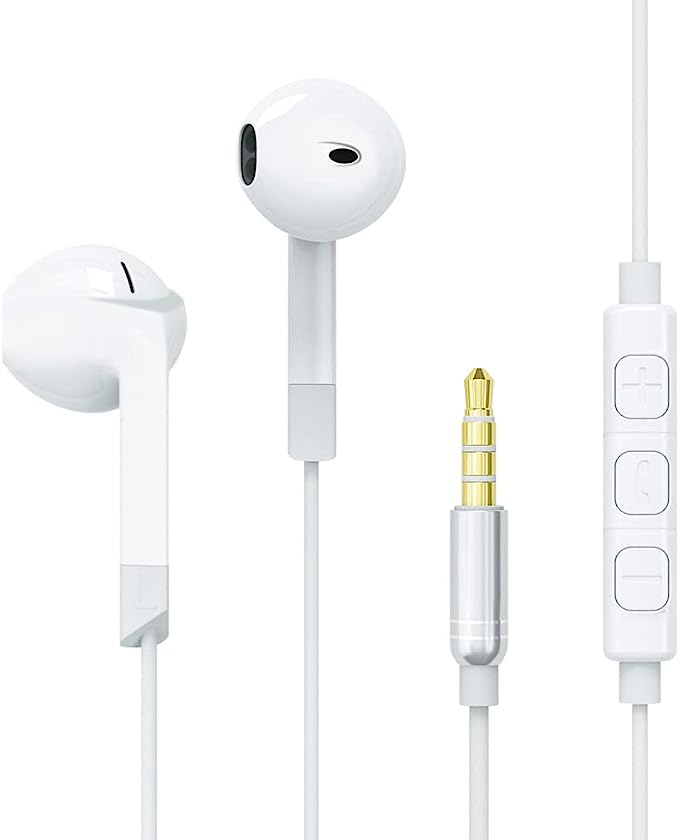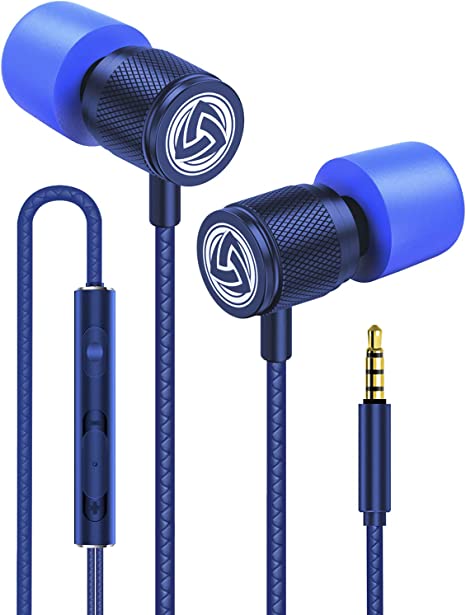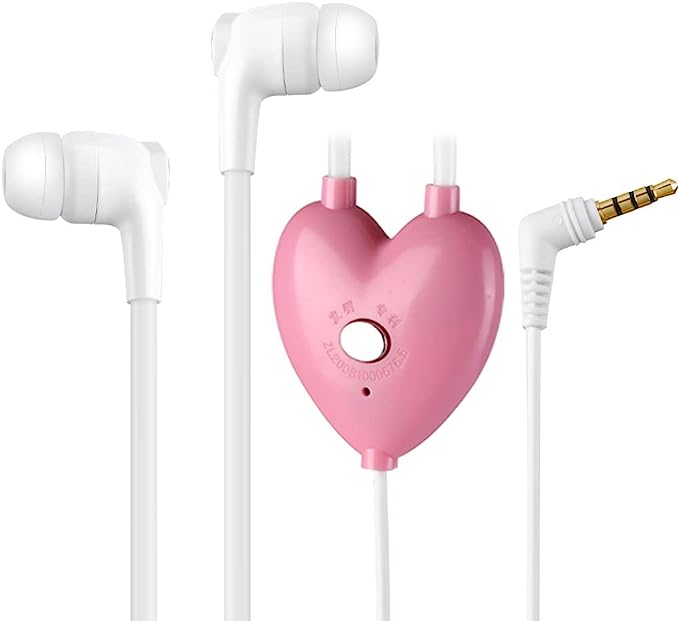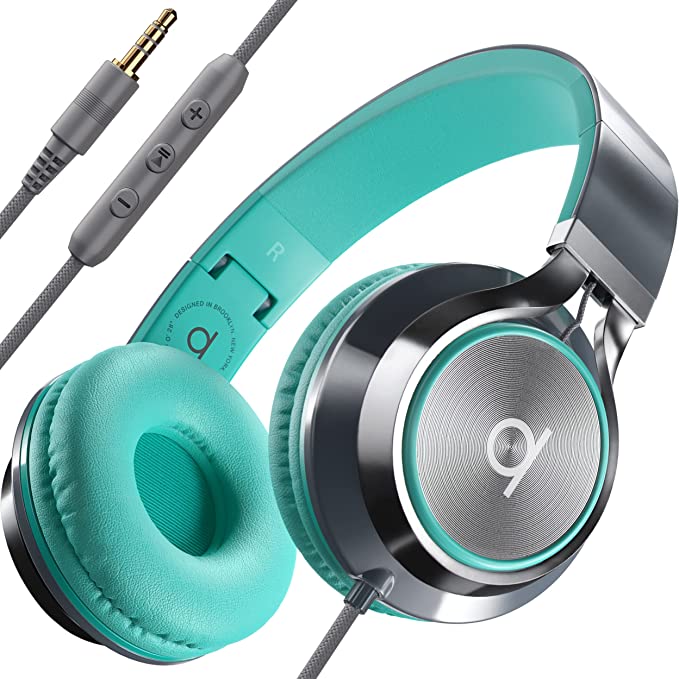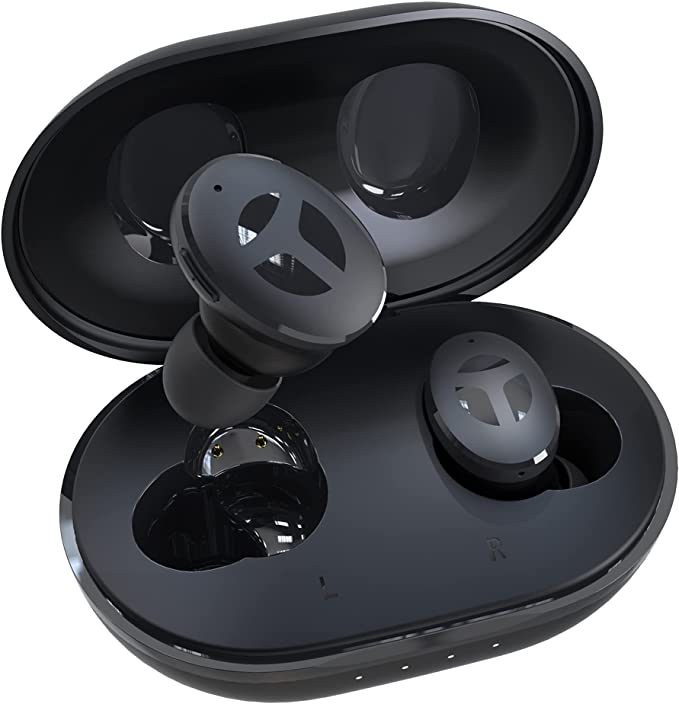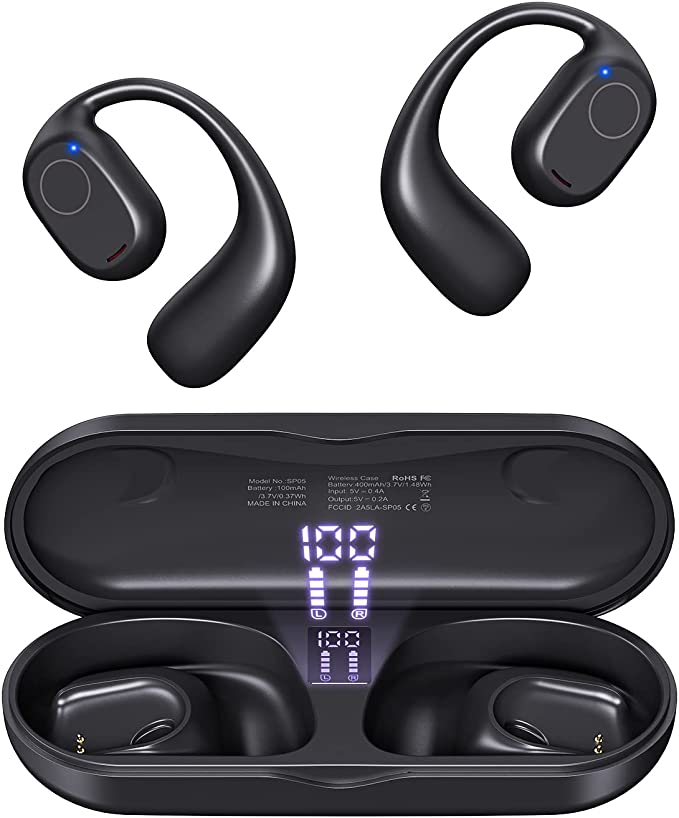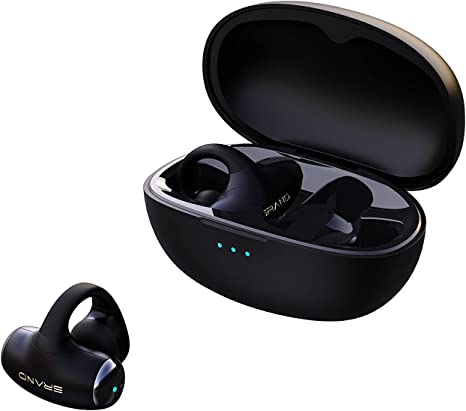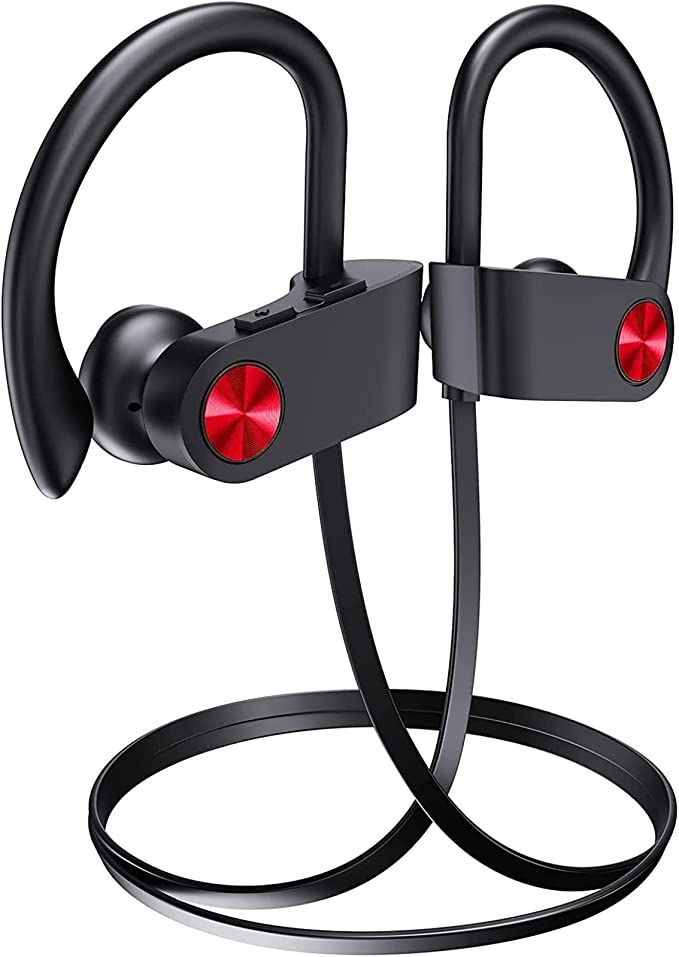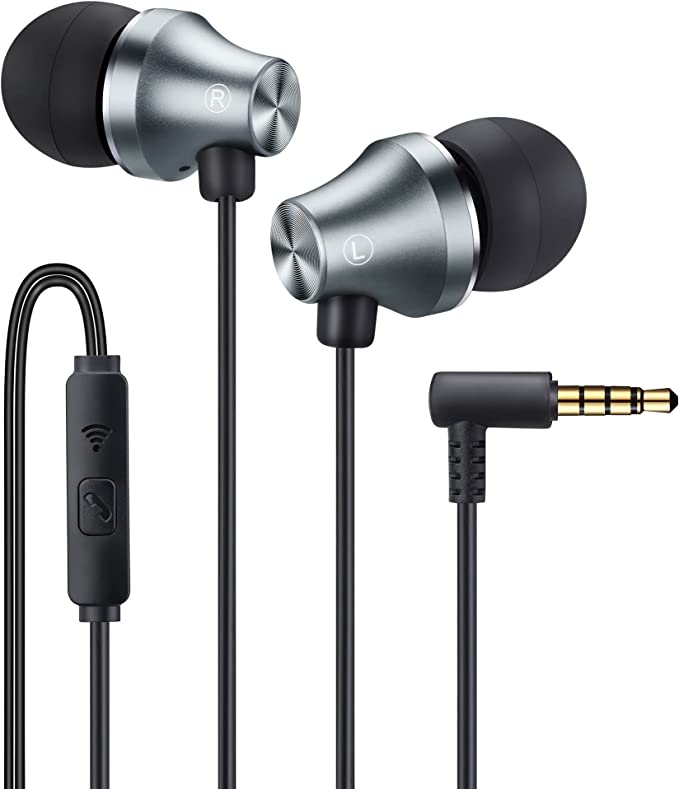The Case for Wired: Deconstructing 14.2mm Drivers and Mechanical Stability
Update on Nov. 23, 2025, 5:26 p.m.
In an audio market saturated with wireless complexity, the wired earphone persists not as a relic, but as a bastion of reliability and acoustic honesty. The JUSTRVN JN8A exemplifies this enduring category. By eschewing batteries and Bluetooth chips, it reallocates engineering focus to the two fundamental pillars of personal audio: Driver Mechanics and Physical Stability.
Understanding this device requires looking past the “budget” label and examining the physics of its construction. Why does it use a driver nearly twice the size of standard earbuds? And how does the ear-hook design leverage biomechanics to solve a problem that software cannot?

The Physics of Air Displacement: The 14.2mm Driver
The most acoustically significant feature of the JN8A is its 14.2mm Dynamic Driver. To contextualize this, most true wireless earbuds utilize drivers in the 6mm to 9mm range.
A dynamic driver functions essentially as a piston. It pushes air to create sound waves. * Surface Area Advantage: A 14.2mm diaphragm has significantly more surface area than a 6mm counterpart. Basic physics dictates that a larger surface area can move a greater volume of air with less excursion (movement distance). * Bass Reproduction: This air displacement is directly correlated with Low-Frequency Response. While smaller drivers often rely on digital signal processing (DSP) to artificially boost bass, a large driver achieves this naturally through physical mechanics. The result is often a more visceral, “layered” bass presentation that doesn’t require straining the amplifier.
However, controlling such a large driver requires rigid materials to prevent modal breakup (distortion). While the specific composite isn’t detailed, the sheer size suggests an acoustic tuning prioritized for warmth and scale—ideal for media consumption and energetic workout playlists.

Mechanical Stability: The Ear-Hook Architecture
Wireless earbuds rely heavily on friction within the ear canal to stay in place. This often leads to “ear fatigue” or the constant need for readjustment during vigorous movement. The JN8A adopts a Mechanical Suspension System via its flexible ear hooks.
- Load Distribution: Instead of the ear canal bearing the full weight of the device, the ear hook transfers the load to the root of the helix (where the ear meets the skull).
- Biomechanical Lock: This design creates a secure fulcrum. During activities like cycling or running, vertical impact forces are counteracted by the hook, rendering the earphone virtually immovable. For users who struggle with standard earbuds falling out—a common anatomical incompatibility—this mechanical solution is superior to any “ergonomic shape” software simulation.
[Image of Ear anatomy showing the helix and concha]
The Analog Advantage: Zero Latency and Infinite Runtime
The 3.5mm connector represents the ultimate standard in compatibility and performance reliability. * Zero Latency: For gamers and video editors, Bluetooth introduces an unavoidable delay (latency) between the visual action and the audio response. The analog copper connection of the JN8A offers signal transmission at the speed of electricity—effectively zero latency. * Operational Continuity: There are no lithium-ion batteries to degrade over time. The lifespan of the product is not limited by charge cycles (typically 300-500 for wireless buds). It is an “always-ready” tool that functions as long as the cable remains intact.

Passive Noise Isolation: The Seal
Unlike Active Noise Cancellation (ANC), which uses power to generate anti-noise, the JN8A relies on Passive Noise Isolation. This is achieved through the silicone ear tips creating a hermetic seal in the ear canal.
- Broad Spectrum Attenuation: A good seal physically blocks high-frequency environmental noise (like chatter or wind) which ANC often struggles to cancel.
- Acoustic Chamber: The seal also completes the acoustic chamber between the driver and the eardrum. This pressurization is vital for the 14.2mm driver to deliver its potential bass response. Without a proper seal (using the included S/M/L tips), low frequencies would leak out, rendering the large driver ineffective.

Conclusion: The Utility of Simplicity
The JUSTRVN JN8A is not a technological marvel in the digital sense; it is a triumph of practical engineering. By leveraging a massive driver for natural bass and a mechanical hook for stability, it solves specific user pain points—uncomfortable fit and weak sound—without adding the complexity or cost of wireless components. It serves as a reminder that for many applications, the direct, mechanical solution remains the most effective.


